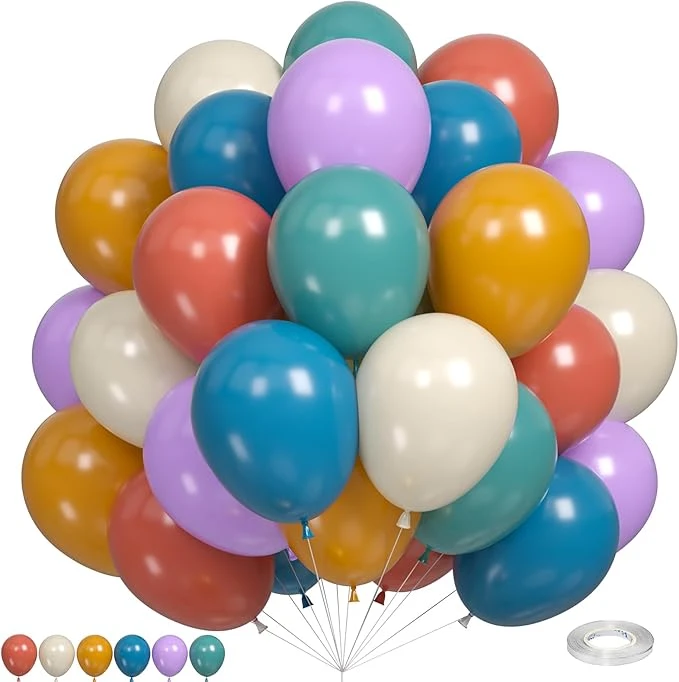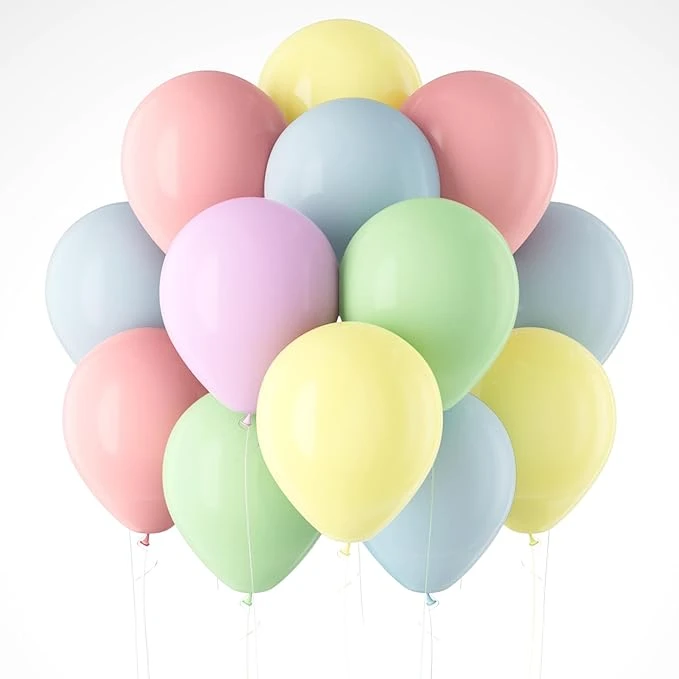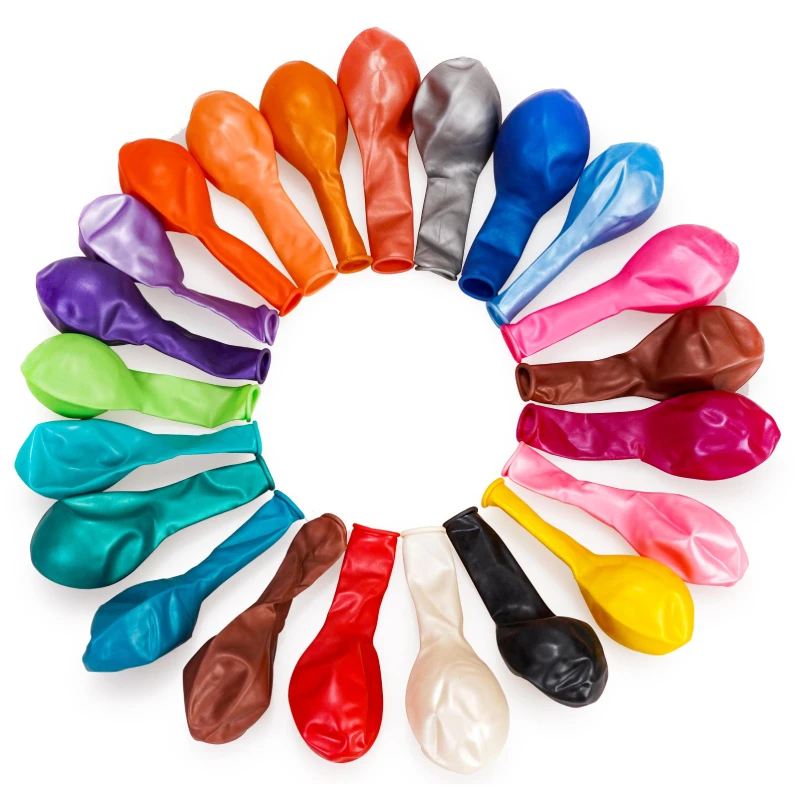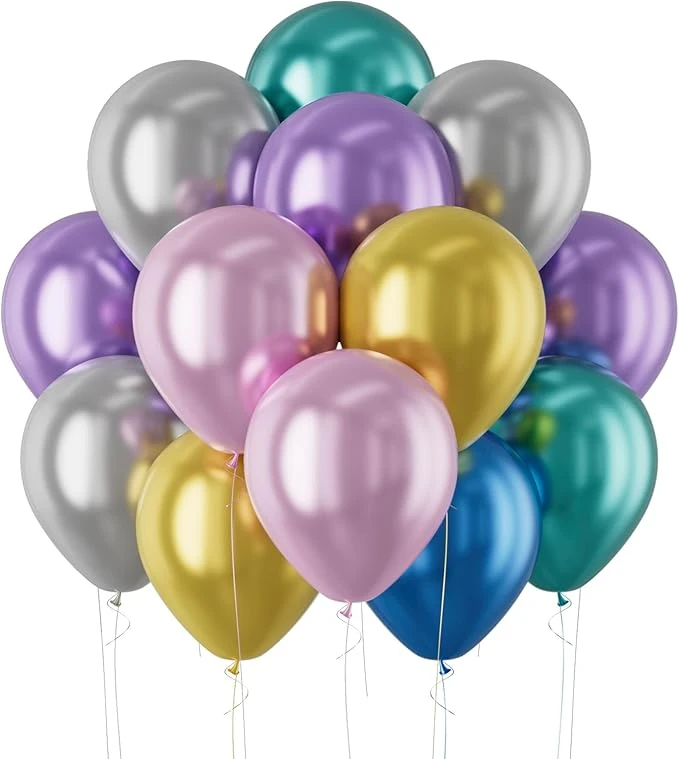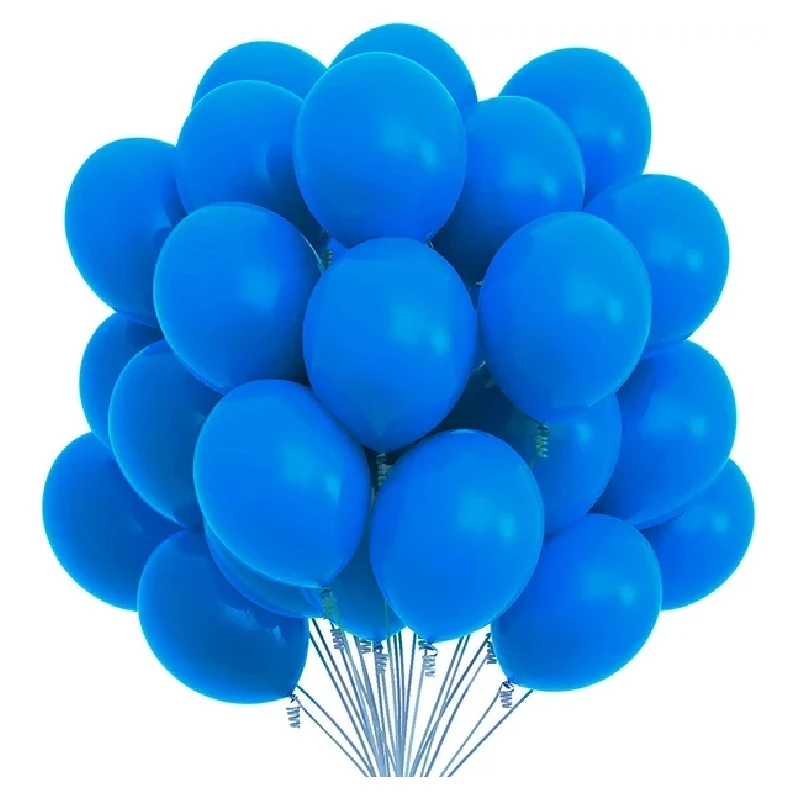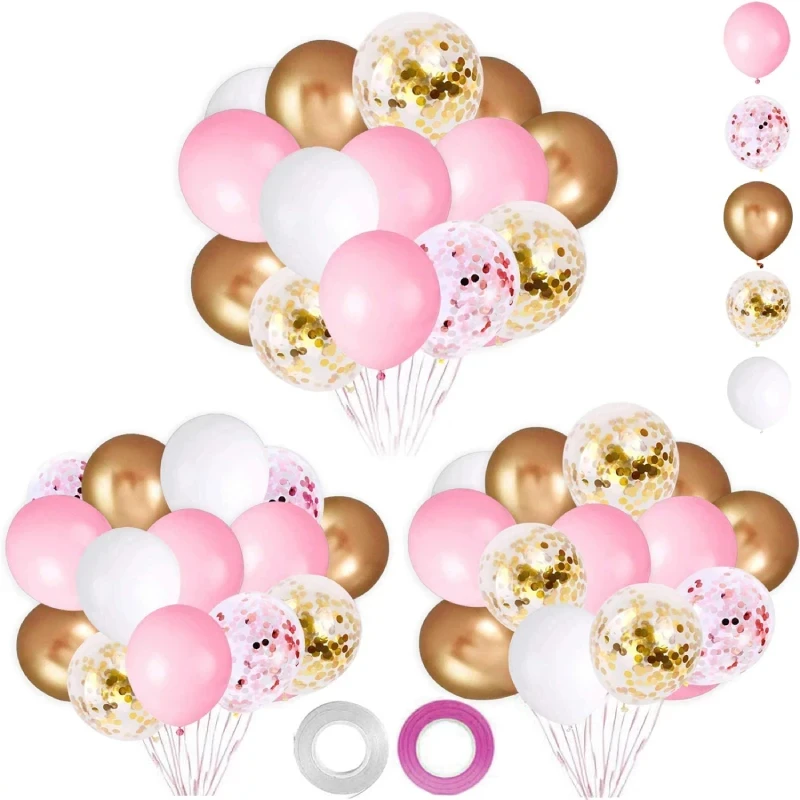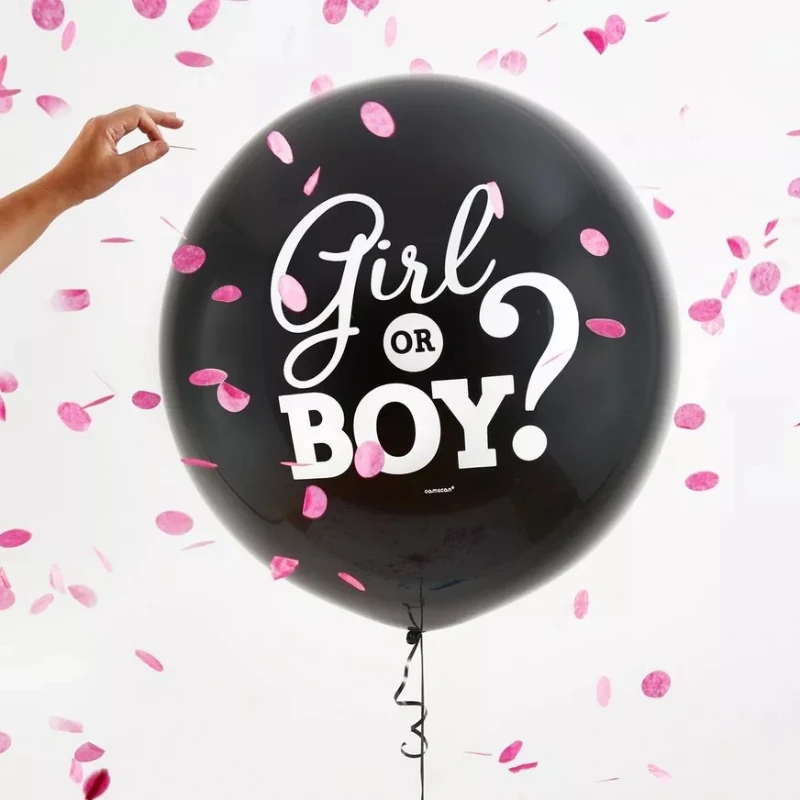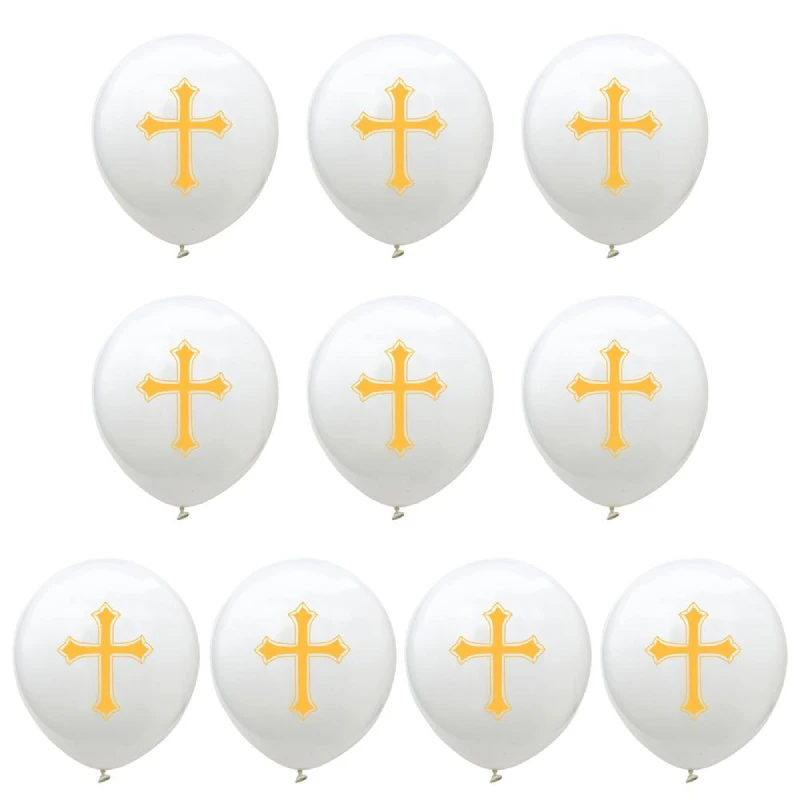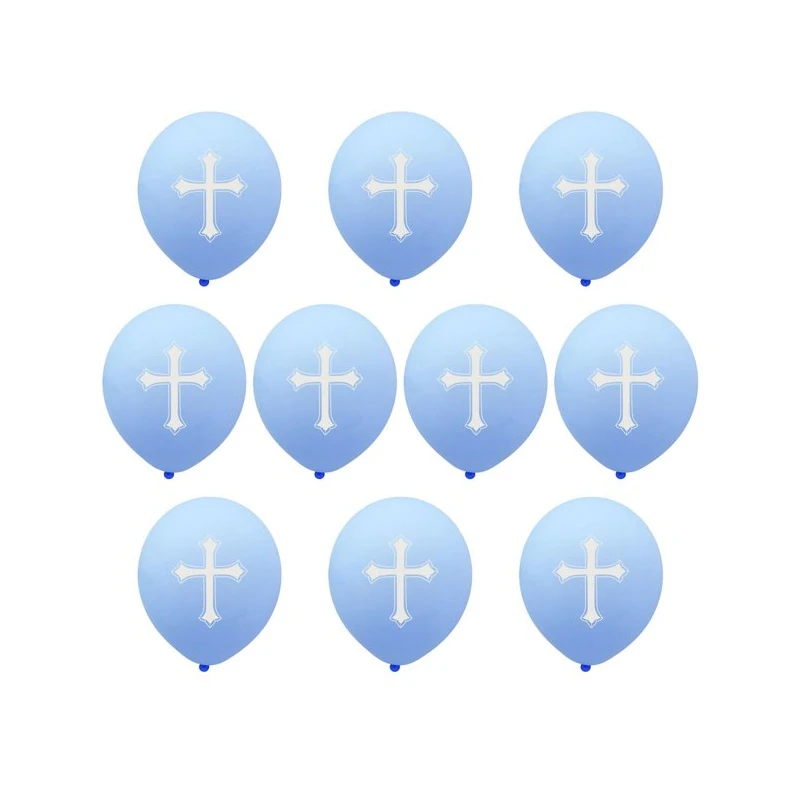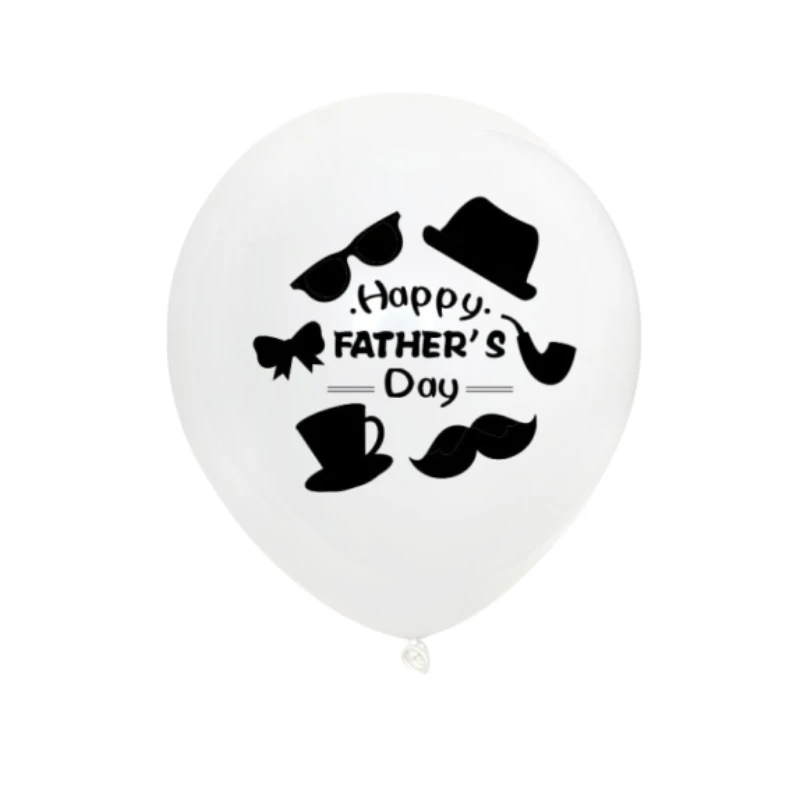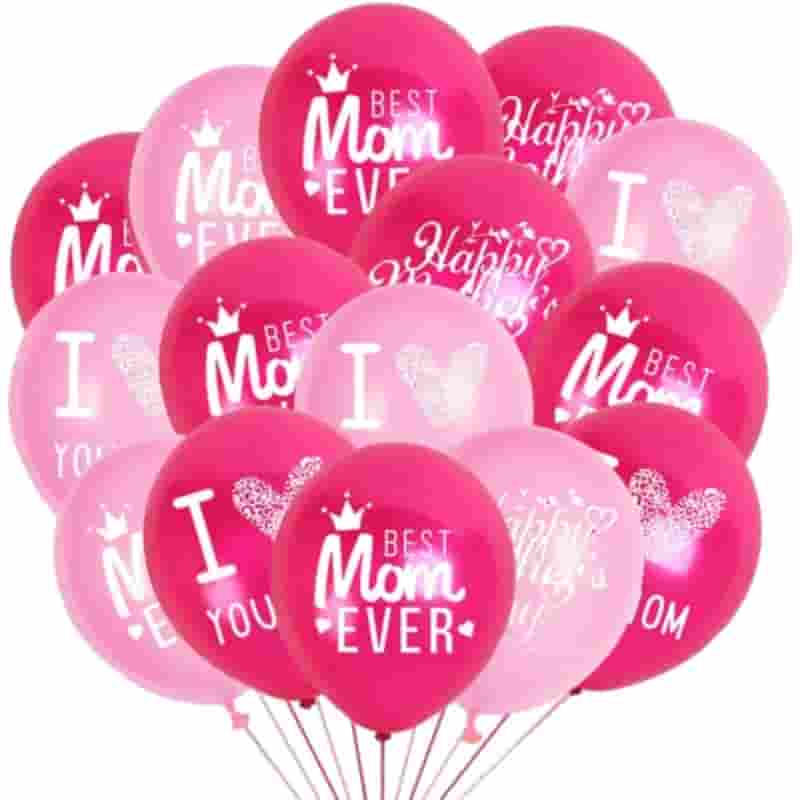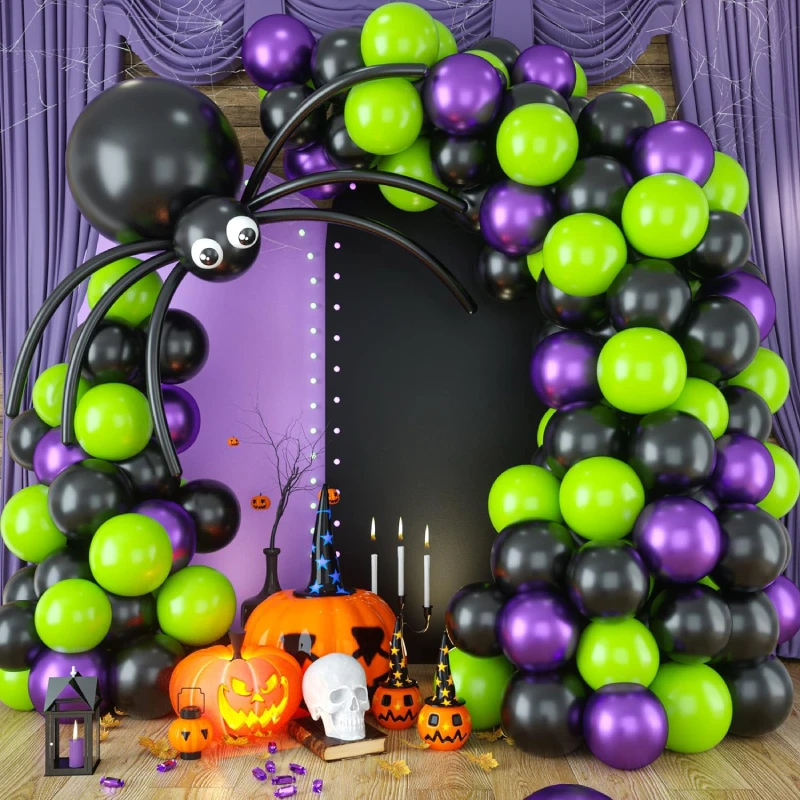AI-Optimized Standard Balloons | Superior Buoyancy & Reliability
Discover the latest advancements, technical specifications, application cases, and expert guidance regarding Standard Balloon. This comprehensive guide delves deep into manufacturing process, engineering advantages, real-world case studies, and unbiased product comparisons for this essential industrial component.

Market Overview & Industry Trends
- Global Market Scale (2023): USD 680M (compound annual growth rate: 4.2%)
- Key Sectors: Petrochemical, Metallurgy, HVAC, Water Treatment, Food & Pharmaceuticals
- Drivers: Energy-saving regulations, anti-corrosion requirements, custom engineering demands
- Adherence to Standards: ISO 9001:2015, FDA 21 CFR, ANSI/ASME safety codes
Technical Parameters & Product Specification Table
| Model | Diameter (mm) | Material | Working Pressure (MPa) | Temperature Range (°C) | Certification | Expected Lifespan (Years) |
|---|---|---|---|---|---|---|
| SB-100 | 100 | EPDM/NR/CR | 0.04–0.25 | -20 ~ 80 | ISO, ANSI, FDA | 5–7 |
| SB-200 | 200 | NR/CR/Butyl | 0.04–0.16 | -20 ~ 75 | ISO, FDA | 4–6 |
| SB-315 | 315 | EPDM/NBR | 0.02–0.10 | -10 ~ 60 | EU, ANSI | 4–6 |
| SB-500 | 500 | NR/NBR | 0.01–0.09 | 0 ~ 50 | FDA, ISO | 4–5 |
Certification: Complies with ISO 9001:2015, FDA 21CFR 177.2600, ANSI/AWWA C550.
Manufacturing Process of Standard Balloon
Key Process Nodes Explained:
- Raw Material Inspection: Strict testing of elastomer base, reinforcing agents, and anti-aging additives against ISO/FDA benchmarks.
- Compounding & Mixing: Using computerized internal mixers to ensure homogeneity; compounding recipes based on end-use and temperature resistance.
- Molding (Vulcanization): Precision molds for dimensional control, high-pressure/high-temperature vulcanization for structural integrity and elasticity.
- CNC Trimming: Achieving close tolerances for optimal sealing and mechanical fit. Dimensional inspection via 3D scanning.
- Quality Testing: Hydrostatic burst test, elongation at break, and permeability test (per ASTM D412, ISO 37). Visual inspection for air entrapment.
- Packing & Dispatch: Cleanroom packaging for FDA-grade, serialized tracking and conformity documents included. Rapid logistics for project-based delivery.
Process Flow Visual Reference:
 Note: Each manufacturing step is governed by ISO 9001:2015 QMS, with full batch traceability and material lot certification.
Note: Each manufacturing step is governed by ISO 9001:2015 QMS, with full batch traceability and material lot certification.
Key Technical Advantages of Standard Balloon
- Outstanding Chemical Resistance: Multi-grade material choices (EPDM, NR, CR, NBR) ensure optimal resistance to acids, alkalis, hydrocarbons, and ozone.
- Energy Efficiency: High elasticity and flexibility reduce required inflation pressure, saving energy during usage cycles (up to 20% air pressure savings compared to traditional bags).
- Long Service Life: Advanced aging inhibitors provide operational life of 4–7 years under standard industrial use, validated through 25,000+ pressure cycles (see chart below).
- Compliance & Safety: Third-party verification (TÜV, SGS) for FDA, ISO, and ANSI/AWWA standards; meets or exceeds hydrostatic test requirements.
- Customizability: Wide range of sizes (Ø75 mm – Ø1200 mm), material blends, and inlet/outlet options for industry-specific applications.
- Quick Installation: Modular design ensures rapid deployment (
- Environmental Performance: Non-toxic, recyclable rubber composite options for sustainability compliance (per EU RoHS/REACH).
Service Life Data Visualization
Service life (years) measured in field conditions vs. competitor average.Material Usage Breakdown
Distribution of material use in top-selling Standard Balloon models (2023).Standard Balloon vs. Leading Competitors
| Parameter | Standard Balloon | Competitor A | Competitor B |
|---|---|---|---|
| Service Life (Field verified) |
4–7 years | 3–5 years | 3–4 years |
| Chemical Resistance | Excellent (ISO/FDA grade) | Moderate | Good |
| Custom Sizing | Available: 75–1200 mm | Partial | Partial |
| Testing & Standards | Full ISO/ANSI/FDA | ISO 9001 only | None |
| Anti-aging Performance | >25000 cycles | 15000 cycles | 12000 cycles |
| Installation Time | <10 min | <20 min | <15 min |
| Material Certification | Batch, FDA, REACH | Batch only | N/A |
Custom Engineering & Solution Options
- Custom Material Formulation: Tailored for extreme pH environments or food-grade standards (ISO 21469 support).
- Special Shapes & Sizes: Plug, egg, cylindrical, or inflatable sleeve configurations.
- Reinforced Construction: Multi-layer textile cord reinforcement for high-pressure or abrasive conditions.
- Integrated Monitoring: Embedded RFID and pressure sensors for smart pipe management (custom request).
- Colors & Markings: Customer branding, installation guides, or barcode labeling available.
- Rapid Prototyping: CAD design turnaround in 48 hours; additive manufactured sample delivery in 7–10 days.
For custom engineering requests, please contact our technical team via support@festivalballoon.com.
Application Scenarios of Standard Balloon
- Pipeline Maintenance: Ideal for leak testing, air blocking, and pressure tests in city water supply lines and industrial plant reticulation.
- Temporary Sealing: Construction, sewer, and drain renovations; prevents fluid ingress, facilitates repairs, and minimizes system downtime.
- Hydrostatic & Pneumatic Testing: Certified hydro test safe to 1.5× rated pressure for system acceptance.
- Corrosive Fluid Isolation: Rubber compositions compliant with FDA and ANSI/AWWA minimize risk during handling of acids, alkalis, solvents.
- Emergency Response: Flood prevention, spill containment, and temporary line sealing after accidents/interventions.
Case Study 1: Petrochemical Pipeline Isolation
Project: 48” cross-country oil pipeline integrity testing
Solution: Standard Balloon SB-500 custom with CR+NBR blend. Required minimal installation time & resisted continuous exposure to hydrocarbon vapors.
Outcome: Over 60% faster leak test cycles vs conventional pads; zero reported seal failures across six-month window.
Case Study 2: Urban Water System Upgrades
Application: Emergency pipe block during 36” PVC main replacement
Solution: SB-200 standard, FDA-compliant EPDM material, swift cleanroom packing for potable lines.
Outcome: No water contamination events; standard balloon reuse factor >10 cycles, AWWA case report available.
Case Study 3: Metallurgy Plant Shutdown Support
Purpose: High-temp flue gas isolation
Solution: Custom SB-315 using high-temp NBR, certified per ISO 15527.
Result: 18% cost savings through balloon reusability, minimal thermal degradation.
Industry Certifications & Company Qualifications
- Manufactured under ISO 9001:2015 and 14001:2015 QMS (by SGS/TÜV)
- Compliant with FDA 21 CFR 177.2600, IDEXX potable water benchmarks
- ANSI/AWWA C550 certified for closed/open cycle hydraulics
- EU RoHS/REACH non-toxicity compliance
- Cooperative partnerships: Siemens, Veolia, Aramco, Suez.
- Annual production volume: 350,000+ units (2023)
- After-sales: 20+ years technical service experience, rapid replacement guarantee
Deliveries, Warranty & Customer Support
- Lead Time: Standard models: 3–9 working days; Custom engineering: 18–25 days
- Logistics: Global express (UPS/FedEx/DHL), tracking & insurance included
- Warranty: 24 months for manufacturing defects, 12 months for general wear (details on website)
- Technical Support: 24/7 online, multilingual, remote video installation assistance
- Replacement Pledge: Free replacement for verified defects within 15 days of receipt
- Cert Documentation: Includes all relevant ISO/EN/FDA certificates with shipment
Frequently Asked Questions (FAQ)
References & Further Reading
- "Testing and Reliability of Inflatable Pipe Plugs in Municipal Service" – AWWA Water Science Journal, 2023.
- "The Evolution of Elastomeric Materials in Pipe Sealing Applications" – Rubber News, June 2023
- "ISO 9001 Standard and its Impact on Industrial Manufacturing" – ISO Official Reference
- "Smart Balloons for Industrial Pipe Management: A Comparative Case Study" – ENG-TIPS Industrial Forum
-
Valentine’s Day Balloon ExtravaganzaNewsJun.27,2025
-
Polka Dot Balloons for Every OccasionNewsJun.27,2025
-
New Year Balloon CelebrationsNewsJun.27,2025
-
Exciting Gender Reveal Balloon Ideas for Your Big MomentNewsJun.27,2025
-
Celebrating Dad with Unique Balloon SurprisesNewsJun.27,2025
-
Balloon Themes for Every CelebrationNewsJun.27,2025
-
Unique Decorative Pastel BalloonsNewsJun.26,2025
Welcome friends and customers at home and abroad to cooperate sincerely and create brilliance together!
-
 Service Emailhu@festivalballoon.com
Service Emailhu@festivalballoon.com -
 Service Phone+86 18831270668
Service Phone+86 18831270668
 Consult now
Consult now





